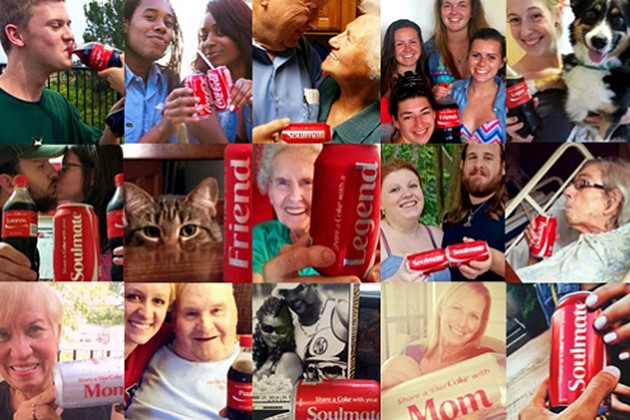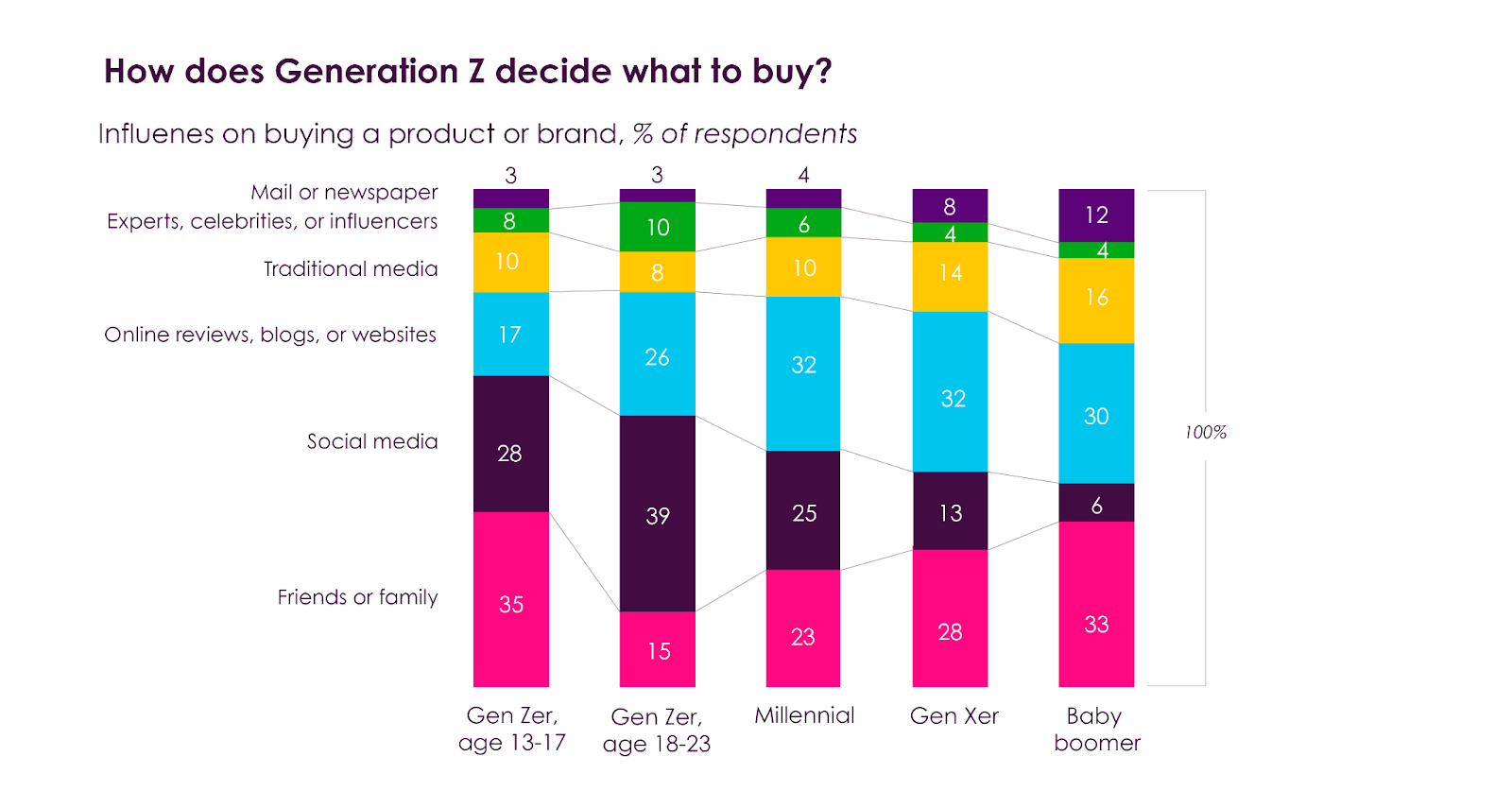What’s the difference between Nike and every other shoe company?
Well, Nike does have Michael Jordan and Steph Curry on its side.
But, more importantly, it has a cultural and social value that goes beyond its products.
It has what we might call Brand Equity!
95% of your customers might not even be in the market for your products and services right now.
But, one day, they might be! And if you want to achieve long-term success and get repeat customers, you don’t just have to cater to customers who are already very far ahead in their customer journeys…you also need to cater to the latent buyers.
And the way to do that is through Brand Equity.
In this blog, we’re going to discuss how social media impacts your brand equity.
Trust me: it can be your secret edge over all your competitors!
Here’s how:
What Is Brand Equity?
Brand equity refers to the way in which customers perceive your brand. In other words, you can say that it’s the social value of your brand.
Think about it this way: every time you see a Swoosh, you associate it with Nike shows. But it’s also so much more than that, right? You also associate it with the success stories of Michael Jordan and Steph Curry.
The idea behind brand equity is simple: it’s a feeling that drives sales. It’s an emotion that leads to transactions. It’s a perception that you can convert to profits.
But there’s a vital difference between brand equity itself and the sales that come as a result.
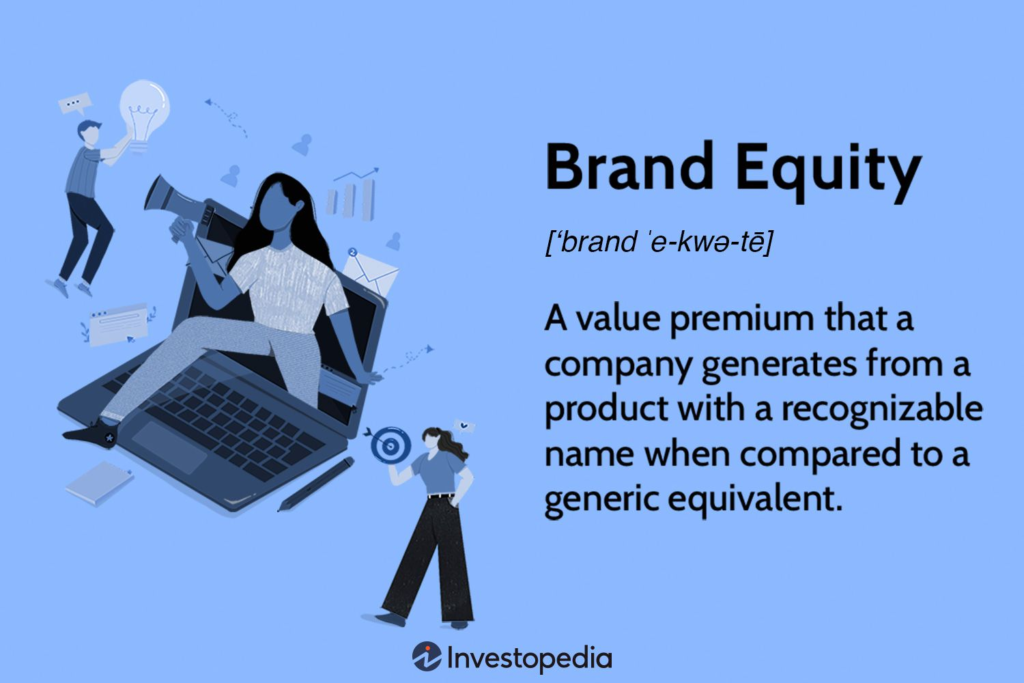
For instance, while we might see the Nike logo every time Steph Curry plays, we don’t make a purchase immediately after the game is over. However, whenever there’s a birthday or the Holiday season, we are very likely to look to Nike for the perfect present, say Curry’s jersey.
Why? Because Steph Curry reps the brand!
So, while the ultimate end goal of brand equity is sales, it works largely behind the scenes. And it has several advantages:
What Are the Benefits of Cultivating Brand Equity?
In my experience, there are three very important benefits of cultivating brand equity. These include:
1. Customer Loyalty
There’s a famous marketing story that goes something like this:
Two women sit in an Aston Martin. The driver tells the passenger that she bought the car because she saw it in an ad. The passenger responds that she wasn’t aware of any Aston Martin ad that year at all! The driver responds: “Yeah, I saw the ad when I was 13, and I can finally afford an Aston Martin now…”
The point is that brand equity, through strong marketing messages, stays with your target audience.
95% of your customers might not be in the market to buy your product right now, but that doesn’t mean that we shouldn’t advertise to them!
And the best way to address those 95% of the people? Through brand equity…
2. The Ability to Charge Premium
What’s the difference between a pair of Air Jordans and a custom-made pair that you had stitched by a local shoemaker?
Well, first of all, the second shoe doesn’t even exist because, let’s face it, not a lot of us ever even think of getting a shoe stitched.
But, secondly, and more importantly, we might pay over $100 for a pair of Air Jordans that we would never consider paying for a handmade pair of shoes. And it doesn’t matter whether they’re more or less comfortable, better or worse for your feet, etc.
The idea is Nike charges you more because the shoe has the Air Jordan logo on it.
So, what’s the difference? The brand equity! It’s what allows you, whether you run a moving company, a pet food business, or a food and beverage enterprise, to charge a premium for your products and services!
The customer pays for the experience of your brand.
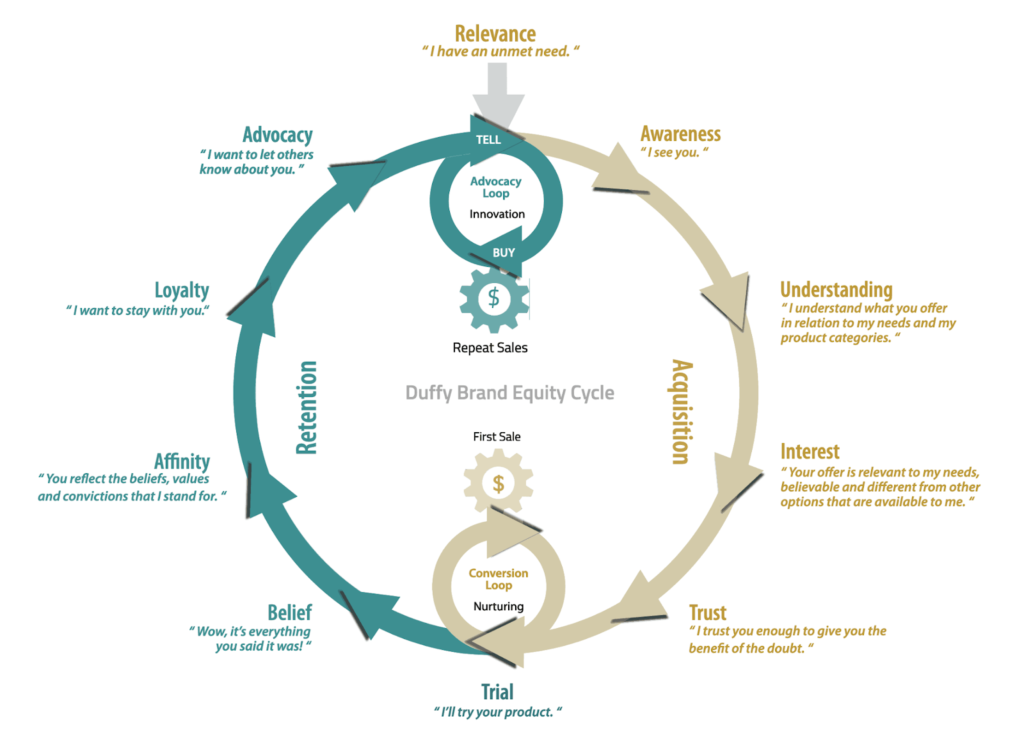
3. Customers Become Brand Advocates
Just like you and I might be able to recall niche ads that we saw even decades ago, we will also represent and push the brands we prefer and use every day.
Take moving as an example. It’s a tedious, challenging task. You need to find different moving companies, compare different options, and make a decision.
But, say you have a good experience with a moving company. And you hear that one of your relatives is thinking about moving. What’ll you do? There’s a high chance that you’ll recommend the moving company to your relative!
On the other hand, there’s a high chance that a negative experience might have had the opposite impact: you’ll make sure your relative never chooses the company you chose!
What is the Role of Social Media in Boosting Brand Equity?
Okay, so you might agree that brand equity is pretty important to your sales, revenue, and profitability. But what does social media have to do with all that?
A lot! And there are very good reasons as to why this is the case:
1. Time Spent on Social Media is Increasing
The average person spends a little over 2 hours every day using social media. For teenagers and Gen-Zers, it’s even more!
That means you have over 2 hours every day to build your brand image in the eyes of your customers and potential customers.
Plus, if you’re not using social media, you’re at a double disadvantage. For one, you lose a valuable opportunity to reach your customers, where they’re likely to be very receptive to your messages.
Secondly, you lose ground to your competitors, who will snap up the opportunity to market their own brands.
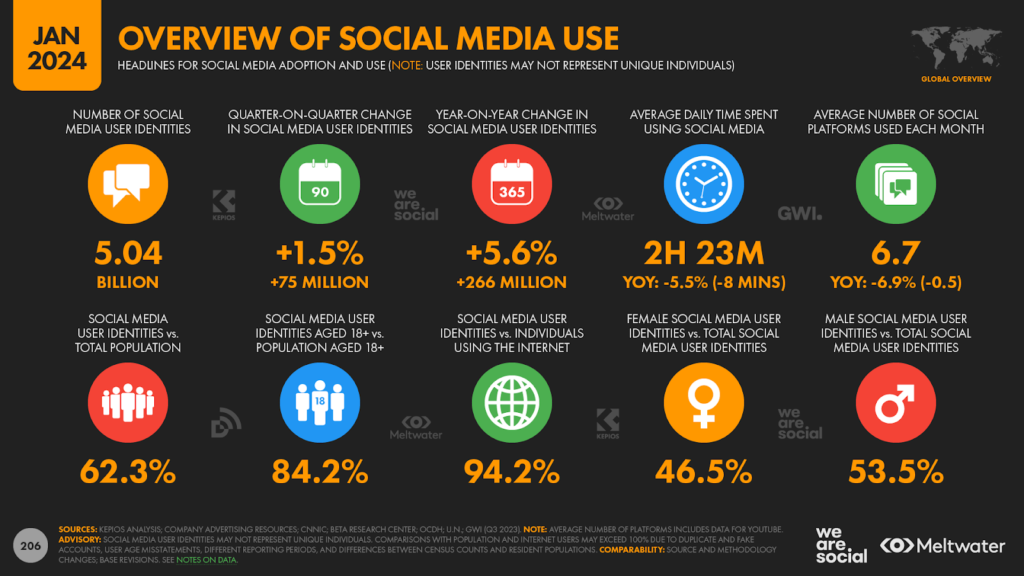
2. Influencers Are on the Rise
2024 wasn’t just the year of AI. It was also the year that influencers finally went mainstream.
As of today, more than 80% of companies believe that influencer marketing is an effective tool for marketing. And it’s not just a feeling either: you can get more than $4 for every $1 spent on Instagram influencer campaigns!
So, if you’re not investing in influencer marketing for your business, you should definitely consider doing so.
I know what you’re thinking: influencer marketing might be a good element of a food and beverage marketing strategy. It might even help you sell fashion products. But what if you’re selling shipping services? Or a B2B SaaS product?
Well, influencers are a good option for you, too! If you’re operating such companies, I suggest you approach influencer marketing as an evolution of the affiliate marketing model.
You can work with real estate agents, thought leaders and industry experts to promote your products and services! In my experience, it’s a great way to overcome mover marketing challenges.
3. Social Media Experiences Have a Real Life Impact
Social media is often considered a bubble, where people don’t really move beyond their friend circles or niche interests.
But with the latest technology, social media and search engine giants are using AI algorithms to create clusters of users who might have similar interests.
Intelligent clustering algorithms have thus revolutionized social media marketing. And they’re having an impact on sales, revenue and profits!
As of 2024, businesses spent nearly $250 billion on social media marketing, a rise of nearly 15% from 2023!
So, social media advertising can drive both sales and brand equity through a single channel.
What Are the Pre-Requisites of Using Social Media to Build Brand Equity?
Now that we’ve explored the connection between social media and brand equity let’s take a look at how we can build brand equity using social media.
In my experience, there are three prerequisites to using social media to create brand equity.
1. A Signature Logo
First, you’ll need a signature logo. The reason behind this is very simple: we can use several channels to build brand equity and advertise products.
There’s Instagram and TikTok for Gen-Zers. There’s LinkedIn for the B2B segment. And there’s X and Reddit we can use to reach tech-savvy users.
But here’s the catch: often, our audiences are scattered across different social platforms. And you might want to reach all of them through different channels. One thing, however, must remain common: brand recognition.
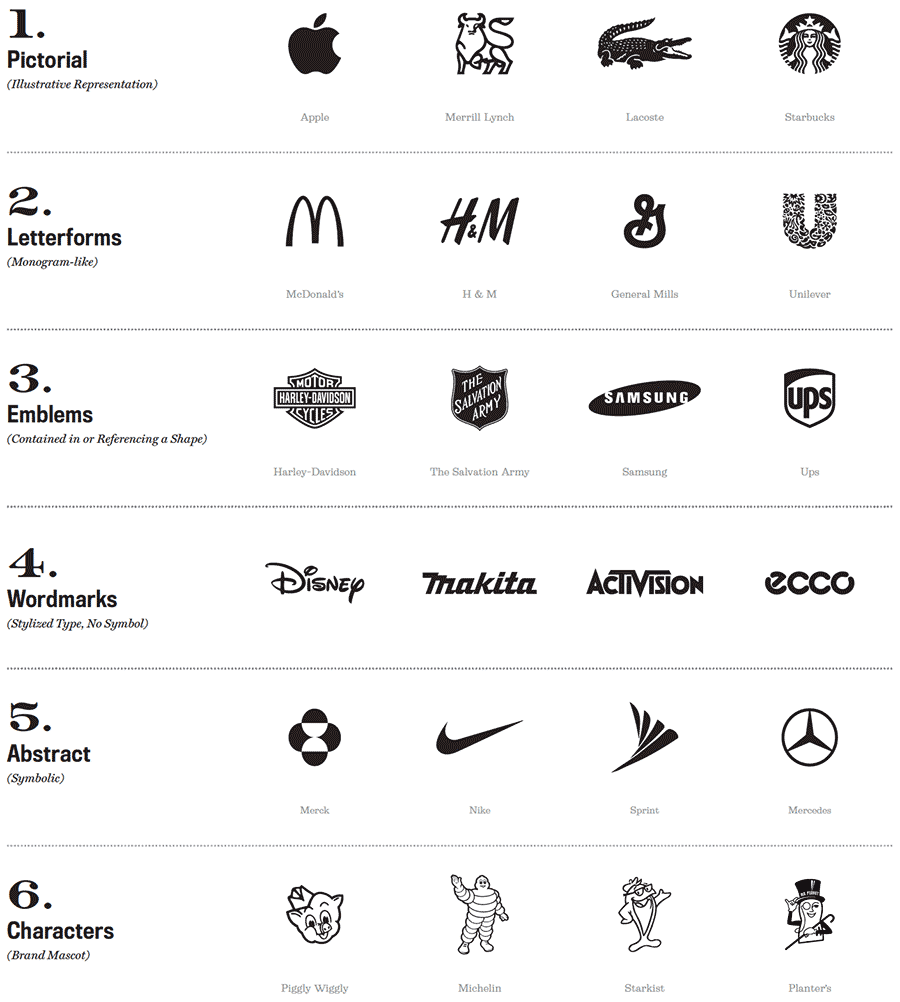
So, if you want to take an omnichannel approach, you’ll need to ensure that your customers can identify your company regardless of the channel you’re using.
A signature logo will help you do just that. Think about it: whether you see the Airbnb logo on Instagram, X (FKA Twitter), or any other platform, you’ll recognize it instantly.
As a brand, you can signal your presence through a brand logo. Plus, research shows that a signature logo can increase your brand recognition by 80%!
2. Social Media Presence
Once your logo is in place, the next thing you need is a social media presence.
As we’ve discussed above, there are several channels you can use to build brand equity.
I recommend that you choose a social media platform or a combination of different platforms based on your Ideal Customer Profile (ICP).
So, if your market research suggests that Gen Z is your largest target audience, you should choose Instagram or TikTok. If it’s B2B customers you’re after, X (FKA Twitter) and LinkedIn are your best options.
3. Consistent Posting
A mere presence on social media isn’t enough. After all, how many company social media profiles have you seen that have not posted anything in years?
And if it’s a company that’s close to your heart, you’ll be especially disappointed that they’re not active on your favorite social platform, right?
So, the third thing you’ll need is a consistent presence on social media. This includes replies to comments, quick responses to mentions and a consistent posting frequency.
5 Companies That Have Used Social Media to Build Brand Equity
Till now, we’ve discussed how brand equity is beneficial and how social media can help you build it for your company. Next, let’s check out some examples of famous companies that have built brand equity using social platforms:
1. Blue Buffalo – Pet Products
Blue Buffalo is the king of social media marketing in its segment. It started in 2023 and consistently built a huge following over time.
Blue Buffalo’s strategy revolves around two main tactics.
First, they consistently post content in a conversational tone. This helps it engage with its customers on social platforms.
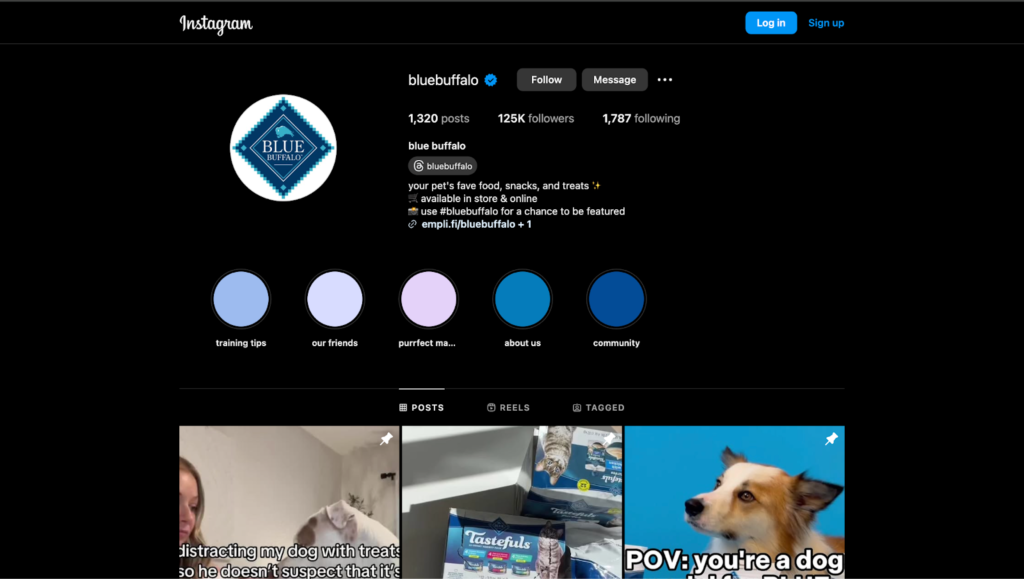
Second, it has also made use of user-generated content by asking users to post pictures of their pets. And it didn’t stop there; it responded to the pictures with kind comments asking pet owners to care for their pets!
2. Pearson Moving and Storage
Kyle Pearson, the owner of Pearson Moving and Storage, is the undisputed pioneer of building brand equity through social media marketing.
His approach? Go all in on Instagram reel marketing.
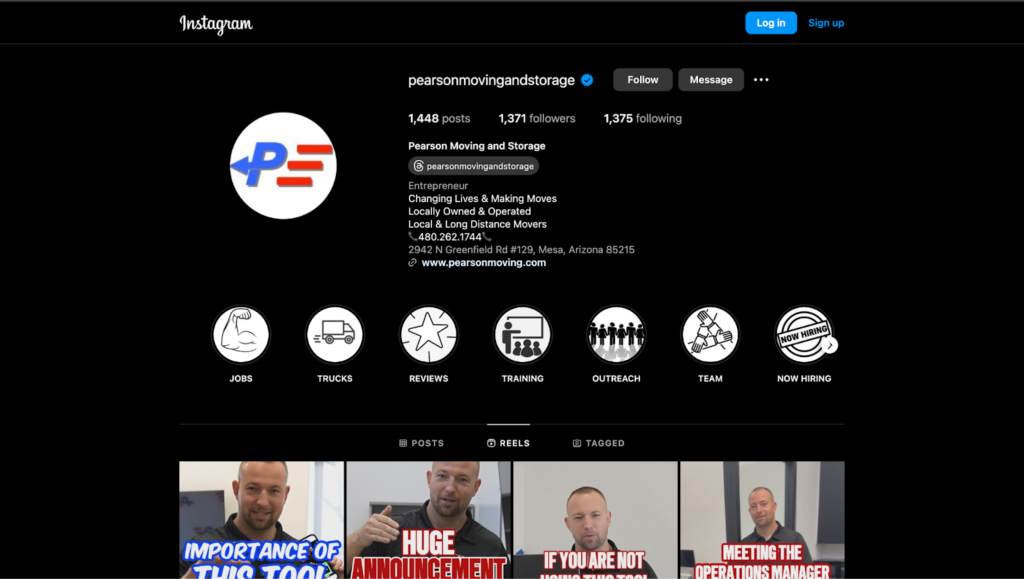
If you visit the company’s Instagram page, you’ll find Kyle in hundreds of reels discussing moving tips, office-based content, and why people should hire a moving company.
3. Maersk – Shipping
Maersk is an ancient player in the shipping industry. But there’s a reason that it has retained relevance even in 2025.
Just like it pivoted early to shipping innovations throughout its history, it has also moved into the realm of social media marketing before any of its competitors.
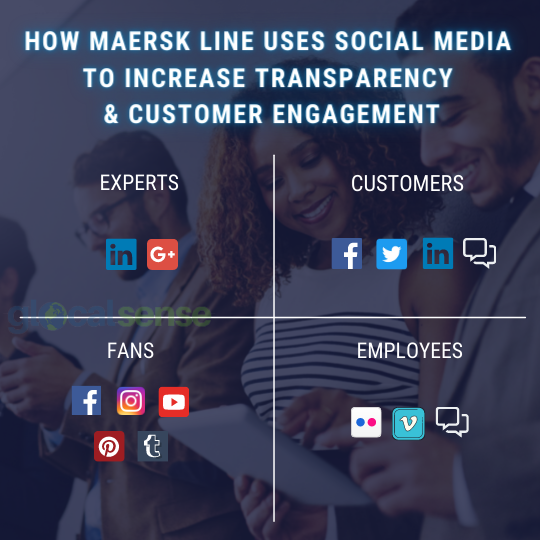
Maersk started social media marketing way back in 2011 when most social media giants of today weren’t even around!
With consistent, engaging and informative content, it soon racked up a following of 400,000!
And while the exact impact of social media on its revenue is difficult to measure, it’s safe to say that way more people are aware of Maersk’s operations because of social media!
4. Ryanair
While its services are quite a different matter, Ryanair is one of the funniest companies on social media.
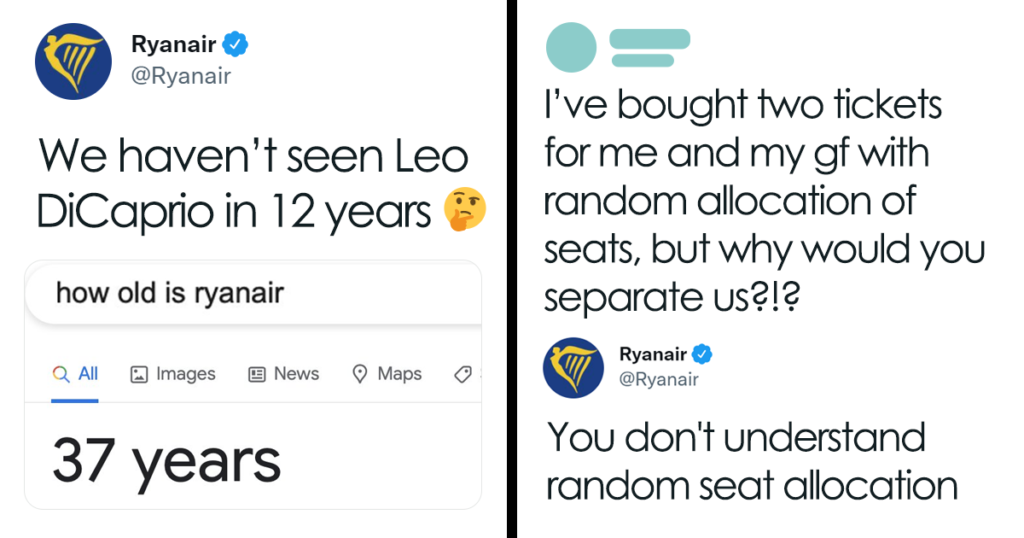
With memes about Selena Gomez, politics, and customer complaints, it has created a consistently funny presence on social media.
And who doesn’t like a little bit of banter with their airline company?
5. Stake
Stake has broken the internet in 2025 with a sponsored viral guerilla marketing campaign on X (FKA Twitter.)
With watermarked memes, images and infographics, Stake has truly shown the power of social media in building brand equity.
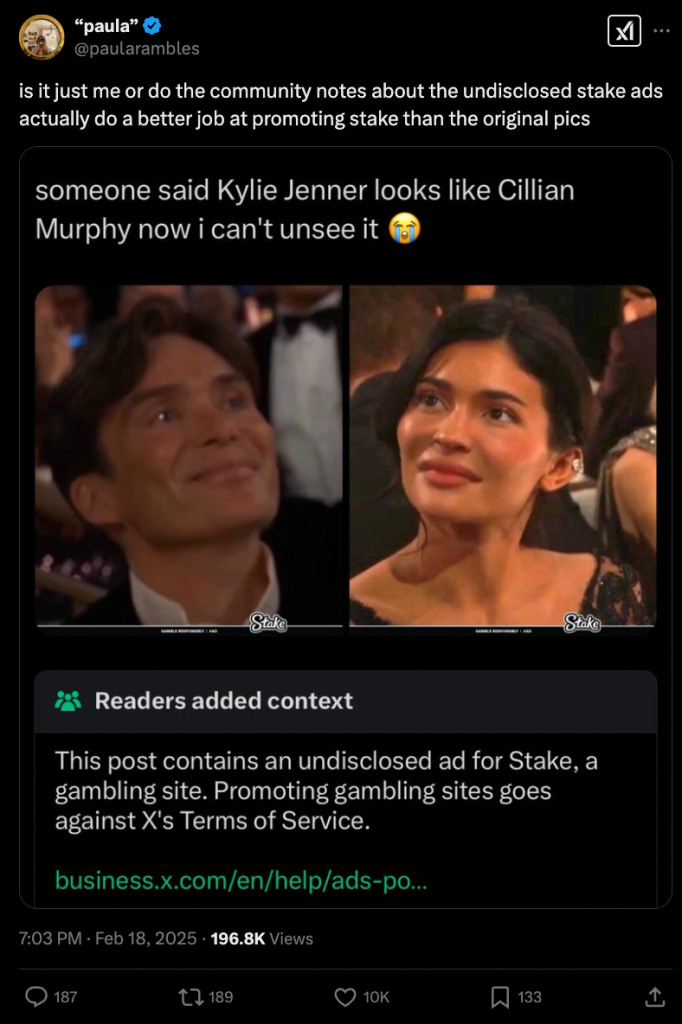
But you might also have seen angry users complaining about Stake’s memes on X. So, you might think that the strategy is not that powerful after all! It could easily backfire…
Well, here’s the thing. Stake might get a bad rap in the short run. However, by the time it concludes its campaign, everybody across social media platforms will have seen Stake-sponsored posts. Thus, they’ll know exactly what the company is all about!
How to Boost Brand Equity on Social Media
Okay, so we’ve examined all the different aspects of how social media can help us build brand equity. Now, let’s move on to the most important aspect of them all: how to boost brand equity using social media.
1. Share Customer Reviews
Customer reviews are critical to every business. Whether you’re a SaaS company or a moving company, you must list your products on review websites like G2 and Yelp.
But that’s not enough: users only visit these websites immediately before they make a purchase.
And, as we’ve discussed, the point of brand equity is to market to the 95% of the people who could be your customers.
In my opinion, one of the best ways to do this is to post reviews on social media. Think about it: if you consistently see that a company is delivering positive experiences, they’re very likely to remember it.
Plus, we’ve already seen that people spend upwards of two hours on social media. That means you have 2 hours every day to show them at least a positive customer review!
2. AskMeAnything Sessions
AskMeAnything sessions are video chats where customers can ask you questions they always had but didn’t have a chance to ask.
Remember those forums you visit when you need to reset your Apple ID password?
Well, an AskMeAnything session is just like that, but in video format!
It’s a way to boost customer confidence and convey your concern for positive customer experiences!
3. Constant Engagement with Customers
Posting consistently is one thing, but engaging with customers is quite another.
Social media presents you with an opportunity to constantly and consistently engage with customers.
Whether it’s comments on your posts or posts tagging your company with complaints, I highly recommend engaging with them.
It’ll help you tell your customers that you’re always there to solve their problems, wherever they are!
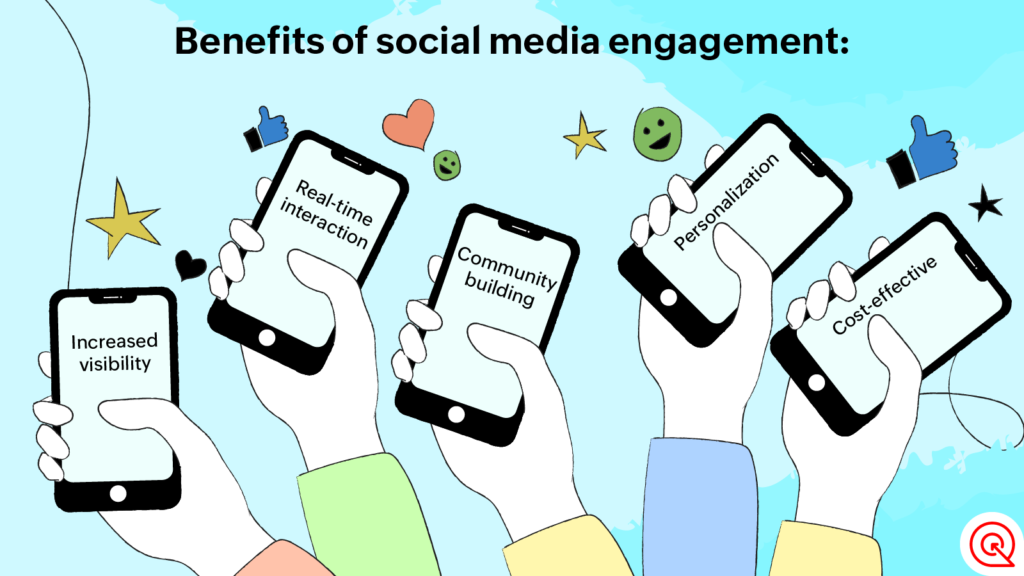
4. User Generated Content
User-generated content (UGC) is a groundbreaking form of content.
It doesn’t cost you anything, and it makes the customer a part of your company’s growth journey.
TakeCoca-Colaa: it’s #ShareACoke campaign is one of the best campaigns in the history of marketing. All it did was invent a viral hashtag way back in 2011, and the trend is still going!
Again, you might think that Coke is an exception: its product is uniquely positioned for UGC campaigns.
Well, we’ve already seen another example of UGC with Blue Buffalo: asking social media users to post pictures of their pets.
Let’s consider another example: if you’re operating a moving company, you can ask your customers to shoot a Vlog of their move with your company.
They can record themselves packing different items along with their experience of the pick-up and delivery of their shipment.
So, regardless of what type of company you’re running, UGC is one of the best weapons in your social media marketing arsenal!
5. Humor & Memes
Just like Stake has dominated viral news feeds and Ryanair has gone viral through its memes, I recommend that you use humor and memes to build brand equity.
It positions your brand as a banter-friendly company willing to give as good as it gets!
Plus, humor is one of the best ways of disarming customers while simultaneously marketing your products and services.
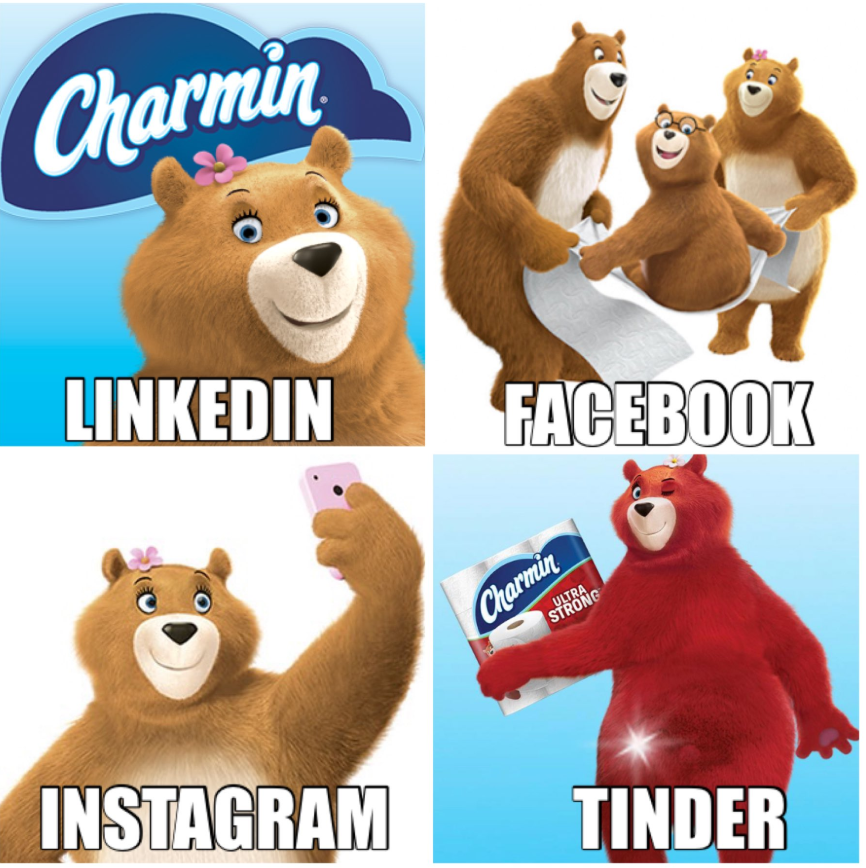
You’re Ready to Build & Scale Brand Equity with Social Media!
In 2025, the power of social media is undeniable.
If you’re not using it to build brand equity for your business, your competitors definitely are!
I suggest you get ahead of the curve and pivot to a social media-based strategy to build brand equity.
At Lean Summits, we’ve had great success in helping a wide range of enterprises build and scale their brand equity through an omnichannel social media marketing approach.
If you want to know how you can benefit from such a strategy, why not schedule a commitment-free consultation with us?
We’ll help you brainstorm a comprehensive strategy to build brand equity using social media without any expectations or prerequisites!
Connect with us, or explore our services to examine what approach best suits your marketing needs!
Social Media’s Impact on Brand Equity: FAQs
1. What is the Impact of Social Media on Brand Equity?
Social media has had a huge impact on brand equity. More people than ever surf the Internet through their smartphones, and they’re spending more time than ever on social media. This gives you a unique opportunity to build your brand equity and image.
2. How Can I Use Social Media to Drive Brand Awareness?
In my experience, the best ways to use social media to drive brand awareness include:
- Consistently engaging with user comments
- Quickly responding to customer complaints on social media
- Posting humorous content and memes to disarm customers
- Creating User-Generated Content through viral hashtags
- Deploying reels and shorts to show customers how your products and services can be used
3. What Companies Have Used Social Media to Build Brand Equity?
Popular companies that have used social media to build brand equity include:
- Ryanair with memes and humorous posts
- Stake with viral digital marketing campaigns
- Blue Buffalo with User-Generated Content
- Maersk with consistent and conversational posts
- Pearson Moving and Shipping with Instagram Reels

